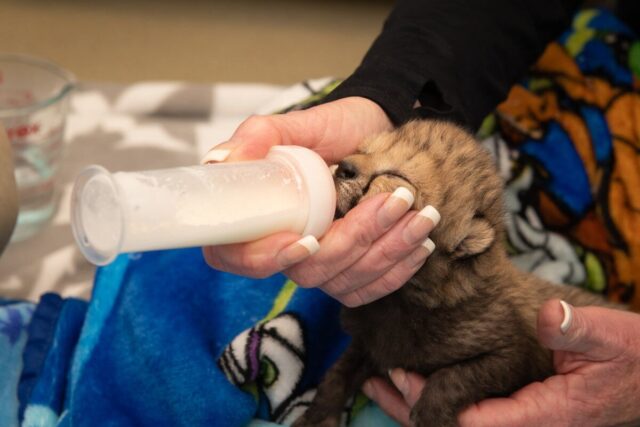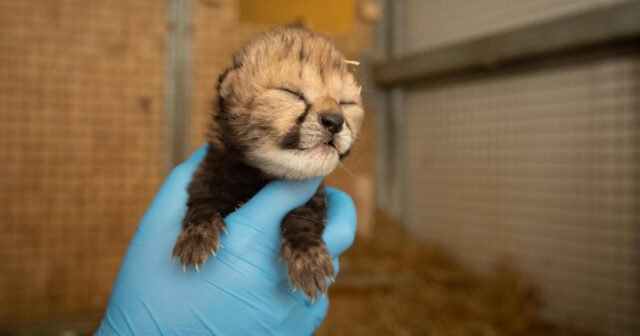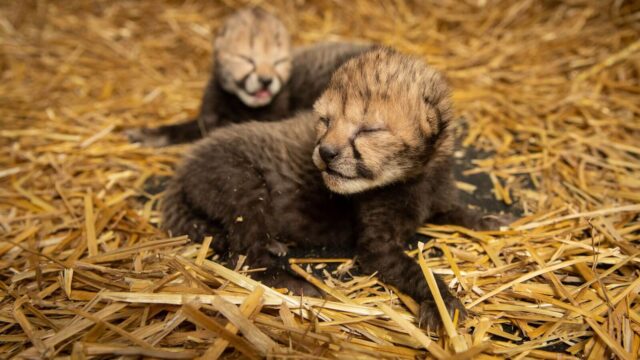The world is not the best place right now no matter where you live. Whether you take the coronavirus pandemic that is showing no signs of slowing down even after almost half the year is over, social tensions, environmental damages, or even the mental health issues people are experiencing due to the lockdown and quarantine levied everywhere. Life seems to be in a whirlwind.
However, in the midst of all this, something good did happen earlier this year in February.
Come to think of it, even though tensions are high amongst the human folk, some good has been noticed in the environment.
With people stuck inside, the pollution level has gone down, animals seem to be reclaiming spaces they were wrongly pushed out of and more has happened that gives a spark of happiness even in these trying times.
One of them is the birth of two cheetah cubs from in vitro fertilisation and embryo transfer for the first time in almost two decades.
How Did They Get Born?
On February 19th, 2020, a male and female cub were born to a cheetah named Izzy. The 3-year-old cheetah acted as a surrogate mother to the cubs.
They were born out of research being conducted by officials at the Columbus Zoo and Aquarium in Ohio and scientists at the Smithsonian Conservation Biology Institute in Front Royal, Va.

The cheetah cubs’ biological mother is a 6-year-old called Kibibi but the IVF procedure was done because the mother is too old to get pregnant naturally and has never till date reproduced on her own.
Kibi’s eggs were extracted from her and were taken to the Columbus Zoo laboratory to be fertilised on 19th November 2020.

On 21st November the early-stage embryos were implanted into Izzy and around a month later it was confirmed that she was pregnant with two fetuses.

Read More: ‘Pandemic Of Love’ Website Connects People Who Need Help With People Who Can Help
The scientists and team at Ohio Zoo waited for a few days before they revealed the birth because cheetah cubs have a high infant mortality rate going to almost 25%.
This is the first time that an IVF procedure has worked successfully for the cheetah species in almost 20 years.

Although attempts had been made before, this is the third attempt, however, none of them could get to completion.
The birth of these two cheetah cubs is only the second such IVF success for big cats, with the first being for a tiger in 1990.

The Ohio Zoo’s Vice President of animal health, Dr. Randy Junge is optimistic that this could be good for the cheetah species in the future.
As per experts at Washington’s National Zoo “cheetahs naturally have low genetic diversity due to a near extinction at the end of the last ice age,” and this could help to stabilise and increase their population to a better number.
Image Credits: Google Images
Sources: The Washington Post, CNN, Hindustan Times
Find the blogger @chirali_08
This post is tagged under: Cheetah Cubs IVF, cheetah cubs, ivf, ivf animals, ivf big cats, in vitro fertilization procedure, Columbus Zoo Ohio, Smithsonian Conservation Biology Institute, cheetah cubs born through ivf, born from ivf, surrogate, surrogacy in animals, big cats, tiger, successful, ohio


































